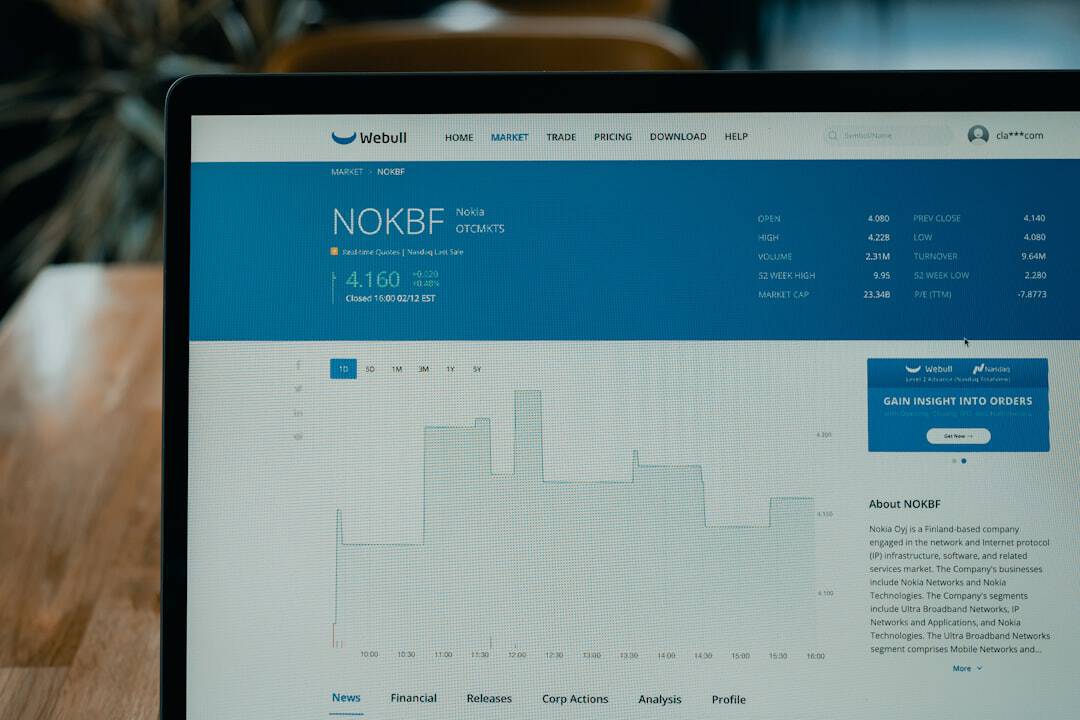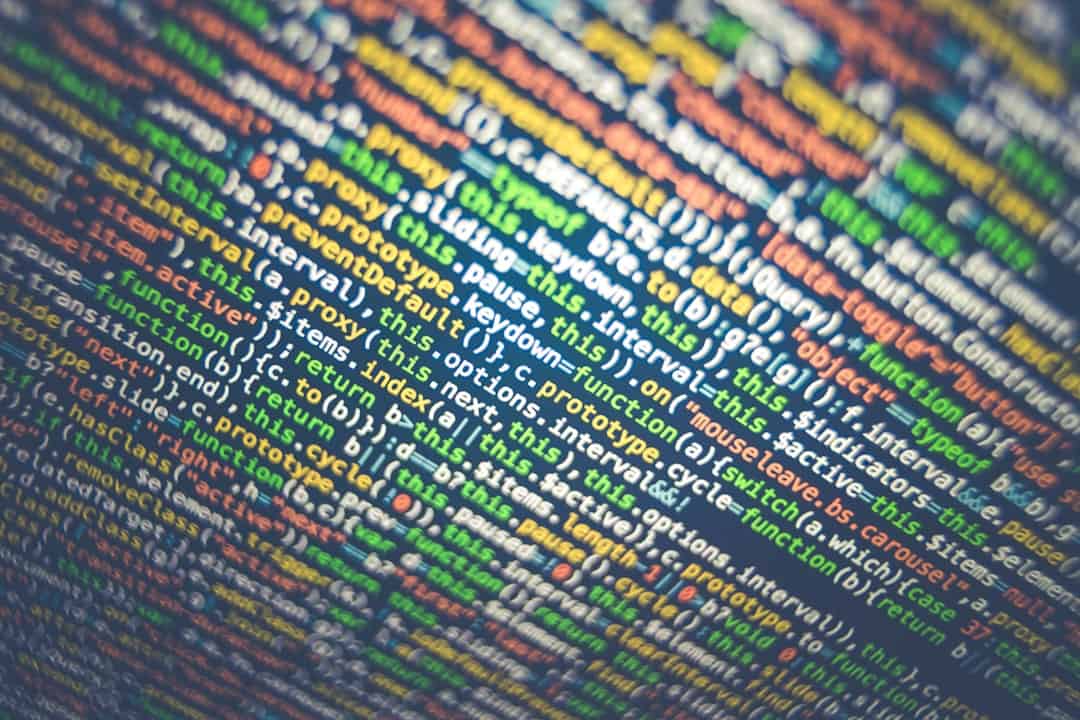Network security is a crucial component of organizational operations, focusing on safeguarding the integrity, confidentiality, and availability of network data and resources. Without adequate security measures, organizations face various threats, including unauthorized access, data breaches, malware attacks, and other cyber risks. These threats can result in financial losses, reputational damage, and legal consequences.
It is therefore vital for organizations to recognize the importance of network security and implement proactive protective measures. A primary reason for prioritizing network security is the protection of sensitive and confidential information. Many organizations store and process critical data, such as customer details, financial records, and intellectual property, within their networks.
Insufficient security measures leave this information vulnerable to unauthorized access or theft, potentially leading to severe consequences for the organization and its stakeholders. Furthermore, network security is essential for ensuring the continuous availability of network resources. Security breaches or attacks can cause downtime, disrupting operations and resulting in significant productivity losses.
By implementing robust security measures, organizations can minimize downtime risks and maintain resource availability as needed.
Key Takeaways
- Network security is crucial for protecting sensitive information and preventing unauthorized access.
- Strong passwords and authentication measures are essential for ensuring only authorized users can access the network.
- Antivirus and antimalware software should be regularly installed and updated to protect against malicious software.
- Securing your wireless network with encryption and strong passwords is important for preventing unauthorized access.
- Regularly backing up your data is critical for ensuring that important information is not lost in the event of a security breach or system failure.
- Educating employees on security best practices can help prevent human error and improve overall network security.
- Monitoring and responding to security threats in a timely manner is essential for minimizing the impact of potential breaches.
Implementing Strong Passwords and Authentication Measures
The Importance of Strong Passwords and Authentication in Network Security
Implementing strong passwords and authentication measures is a crucial aspect of network security. Weak or easily guessable passwords are a common entry point for cyber attackers, who can use them to gain unauthorized access to networks and sensitive information.
Password Policy Best Practices
To prevent this, organizations should enforce strong password policies that require employees to create complex passwords that are difficult to guess or crack. This can involve using a combination of uppercase and lowercase letters, numbers, and special characters, as well as setting minimum length requirements.
The Role of Multi-Factor Authentication
In addition to strong passwords, organizations should also implement multi-factor authentication (MFA) to add an extra layer of security to their networks. MFA requires users to provide multiple forms of verification before they can access the network, such as a password combined with a one-time code sent to their mobile device.
Enhancing Network Security
By implementing strong passwords and authentication measures, organizations can significantly reduce the risk of unauthorized access and enhance the overall security of their networks. This significantly reduces the risk of unauthorized access, even if a password is compromised.
Installing and Updating Antivirus and Antimalware Software

Another crucial aspect of network security is the installation and regular updating of antivirus and antimalware software. Malicious software, such as viruses, worms, Trojans, and ransomware, pose a significant threat to the security of networks and can cause serious damage if left unchecked. Antivirus and antimalware software are designed to detect and remove these threats from systems, preventing them from causing harm to the network and its resources.
Therefore, it is essential for organizations to install reputable antivirus and antimalware software on all devices within their network and ensure that it is regularly updated to protect against the latest threats. Regular updates are crucial because new malware variants are constantly being developed by cyber attackers, making it essential for antivirus and antimalware software to have up-to-date threat databases and detection capabilities. Additionally, organizations should schedule regular scans of their systems to detect and remove any potential threats that may have slipped through the cracks.
By installing and updating antivirus and antimalware software, organizations can significantly reduce the risk of malware infections and protect their networks from a wide range of cyber threats.
Securing Your Wireless Network
| Wireless Network Security Measures | Benefits |
|---|---|
| Use strong encryption (WPA2) | Protects data from being intercepted |
| Change default SSID and password | Prevents unauthorized access |
| Enable MAC address filtering | Restricts access to authorized devices |
| Disable SSID broadcast | Enhances network privacy |
| Regularly update firmware | Fixes security vulnerabilities |
Securing a wireless network is another critical aspect of network security, as wireless networks are inherently more vulnerable to unauthorized access than wired networks. Without proper security measures in place, wireless networks can be accessed by unauthorized individuals who can eavesdrop on communications, intercept sensitive information, or launch attacks against the network. Therefore, it is essential for organizations to take proactive steps to secure their wireless networks and minimize the risk of unauthorized access.
One of the key steps in securing a wireless network is to change the default administrator credentials for wireless routers and access points. Default credentials are widely known and can be easily exploited by attackers to gain access to the network. By changing these credentials to unique and complex passwords, organizations can significantly reduce the risk of unauthorized access.
Additionally, organizations should implement strong encryption protocols, such as WPA2 or WPA3, to protect the confidentiality of data transmitted over the wireless network. Encryption ensures that data is scrambled and unreadable to unauthorized individuals who may attempt to intercept it. Furthermore, organizations should also consider implementing wireless intrusion detection systems (WIDS) or wireless intrusion prevention systems (WIPS) to monitor and respond to potential security threats on their wireless networks.
These systems can detect unauthorized devices or suspicious activity on the network and take proactive measures to mitigate the risk of unauthorized access. By securing their wireless networks, organizations can minimize the risk of unauthorized access and protect the confidentiality and integrity of their data.
Regularly Backing Up Your Data
Regularly backing up data is a fundamental aspect of network security that is often overlooked by organizations. Data loss can occur due to a wide range of factors, including hardware failures, software errors, human errors, and cyber attacks. Without proper backups in place, organizations risk losing critical data that is essential for their operations.
Therefore, it is essential for organizations to implement regular data backup procedures to ensure that their data is protected and can be recovered in the event of a disaster. Organizations should implement automated backup solutions that regularly back up their data to secure offsite locations or cloud storage. This ensures that critical data is protected from physical disasters, such as fires or floods, that may affect the primary data storage location.
Additionally, organizations should regularly test their backup procedures to ensure that data can be successfully recovered in the event of a disaster. This can involve performing regular recovery drills or simulations to verify that backups are functioning as intended. By regularly backing up their data, organizations can minimize the risk of data loss and ensure that critical information is protected from a wide range of threats.
This provides peace of mind for organizations and ensures that they can quickly recover from any potential data loss incidents.
Educating Employees on Security Best Practices

Employees: The Weakest Link in Security Defenses
Employees are often the weakest link in an organization’s security defenses, as they may inadvertently fall victim to phishing attacks, social engineering tactics, or other forms of manipulation by cyber attackers.
Comprehensive Security Awareness Training
Therefore, it is essential for organizations to provide comprehensive security awareness training to their employees to ensure that they are aware of potential threats and know how to respond appropriately. Security awareness training should cover a wide range of topics, including how to recognize phishing emails, how to create strong passwords, how to secure devices and data, and how to report potential security incidents.
Reinforcing Key Security Concepts
By educating employees on these best practices, organizations can empower them to become active participants in the organization’s security efforts and minimize the risk of human error leading to security breaches. Furthermore, organizations should also consider implementing regular security awareness campaigns or initiatives to reinforce key security concepts and keep employees informed about emerging threats. This can involve sending out regular security updates or newsletters, organizing training sessions or workshops, or providing resources such as posters or infographics that highlight key security best practices.
Monitoring and Responding to Security Threats
Monitoring and responding to security threats is a crucial aspect of network security that involves actively monitoring network activity for potential threats and taking proactive measures to mitigate them. Cyber attackers are constantly evolving their tactics and techniques in an attempt to bypass security defenses and gain unauthorized access to networks. Therefore, it is essential for organizations to implement robust monitoring solutions that can detect potential threats in real-time and enable rapid response.
One key aspect of monitoring and responding to security threats is implementing intrusion detection systems (IDS) or intrusion prevention systems (IPS) that can monitor network traffic for suspicious activity or potential security breaches. These systems can detect anomalies in network traffic patterns or identify known attack signatures, enabling organizations to take proactive measures to mitigate potential threats before they escalate. Additionally, organizations should also consider implementing security information and event management (SIEM) solutions that can aggregate and analyze log data from various sources within the network.
SIEM solutions enable organizations to correlate events across different systems and identify potential security incidents that may require further investigation or response. In addition to monitoring solutions, organizations should also establish an incident response plan that outlines how potential security incidents will be handled. This plan should include clear procedures for identifying, containing, eradicating, recovering from, and documenting potential security incidents.
By establishing an incident response plan, organizations can ensure that they are prepared to respond effectively in the event of a security breach. In conclusion, network security is a critical aspect of any organization’s operations that involves protecting the integrity, confidentiality, and availability of data within the network. By implementing strong passwords and authentication measures, installing and updating antivirus and antimalware software, securing wireless networks, regularly backing up data, educating employees on security best practices, and monitoring and responding to security threats, organizations can significantly enhance their overall security posture and minimize the risk of potential threats.
It is essential for organizations to take proactive steps to protect their networks from a wide range of cyber threats in order to safeguard their operations and ensure the confidentiality and integrity of their data.
If you’re interested in the future of digital reality and the potential security challenges that come with it, you may want to check out this article on challenges and opportunities in the regulatory landscape. As the metaverse industry continues to grow and evolve, it’s important to consider how to protect the security of computer networks within this new digital frontier.
FAQs
What is computer network security?
Computer network security refers to the measures and practices taken to protect a computer network and the data it contains from unauthorized access, misuse, modification, or denial of service.
Why is computer network security important?
Computer network security is important because it helps to protect sensitive information, prevent unauthorized access, maintain the integrity of data, and ensure the availability of network resources.
What are the common threats to computer network security?
Common threats to computer network security include malware, phishing attacks, DDoS (Distributed Denial of Service) attacks, insider threats, and unauthorized access.
What are some best practices for computer network security?
Best practices for computer network security include using strong passwords, implementing firewalls and antivirus software, regularly updating software and security patches, encrypting sensitive data, and conducting regular security audits.
What are some common tools and technologies used for computer network security?
Common tools and technologies used for computer network security include intrusion detection systems (IDS), intrusion prevention systems (IPS), virtual private networks (VPN), encryption technologies, and security information and event management (SIEM) systems.
What are some potential consequences of a security breach in a computer network?
Potential consequences of a security breach in a computer network include data loss, financial loss, damage to reputation, legal and regulatory penalties, and disruption of business operations.











Leave a Reply